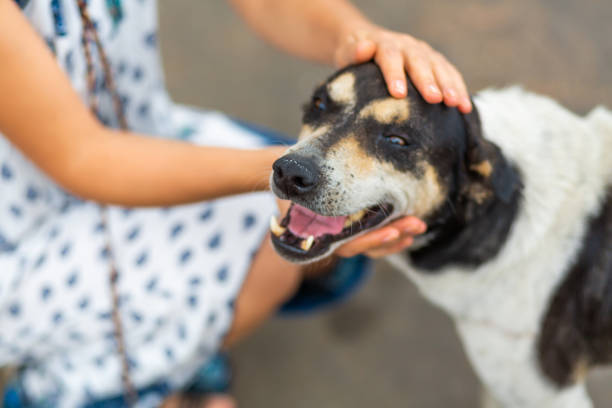Pruritus commonly referred to as itching, is an uncomfortable and often annoying symptom that can affect canines. This condition affects their skin, causing a persistent urge to scratch or rub the affected area. In addition to being a nuisance to the pet, pruritus can indicate an underlying medical condition. Pet owners must know pruritus causes, symptoms, and treatment options to provide their pets with the best care possible.
Causes of Pruritus in Canines
Various factors can cause pruritus, including allergies, parasites, bacterial or fungal infections, hormonal imbalances, or skin irritations. Allergies and parasites usually cause pruritus in dogs. Allergies are caused by environmental triggers such as pollen and dust mites or food sensitivities from certain ingredients such as grains or dairy products. Parasites such as fleas or ticks can also cause itchy skin due to their saliva being injected into the skin when they bite. Bacterial and fungal infections may also lead to pruritus if not treated promptly. Finally, specific hormonal imbalances or skin irritations can cause itching due to changes in the skin’s pH level or irritation from shampoos and other topical treatments.
Symptoms of Pruritus in Canines
The primary symptom of pruritus is persistent itching and scratching of the affected area. Other signs that may be present include redness, scaling, or flaking of the skin; hair loss; crusting; bumps; ulcers; excessive licking; foul odor; and self-inflicted wounds from scratching. Pet owners need to recognize these signs early on so that proper medical care can be provided promptly.
Diagnosing Pruritus in Canines
To accurately diagnose pruritus in dogs, veterinarians need to perform a thorough physical examination on the pet and review their medical history. Blood tests and other laboratory tests may also need to be conducted to rule out any underlying medical conditions that could be causing the itching. Skin scrapings may also need to be performed if parasites are suspected as a cause of pruritus. Additionally, food trials may need to occur if allergies are reckoned to cause the condition.
Treatment Options for Pruritus in Canines
The treatment plan for pruritus will depend on its underlying cause(s). Treatment options may include avoiding potential allergens through dietary changes and/or environmental modifications; using topical ointments or shampoos containing anti-inflammatories; taking oral medications such as antihistamines or steroids; using parasiticides such as flea collars or topical applications; treating any underlying medical conditions (e.g., bacterial/fungal infections); and providing supportive care (e.g., moisturizers).
Prevention Tips for Pruritus in Canines
To reduce the risk of pruritus developing in dogs, pet owners should ensure their pet is up-to-date on all vaccinations and parasite control measures (e.g., flea/tick preventatives). Pet owners should also be mindful of their dog’s environment when choosing cleaning products and detergents that could potentially irritate their skin (e.g., harsh chemicals). Additionally, regular grooming sessions with a professional groomer are recommended if possible—not only will they help keep your pet’s coat looking healthy and detect any potential problems with your dog’s skin before they become serious issues (e.g., detecting parasites early on). Finally, it is essential for pet owners to feed their dog(s) high-quality food that does not contain any ingredients that could trigger an allergic reaction (e.g., grains/dairy).
Pruritus can be an uncomfortable symptom for dogs that should not go ignored if pet owners notice—it could indicate an underlying medical condition requiring prompt attention from a veterinarian for proper treatment and management strategies to be implemented according to its cause(s). Understanding what causes pruritus in canines, its signs/symptoms, and available treatments/prevention tips, one should have all the necessary tools to provide their pup with the best care possible!

